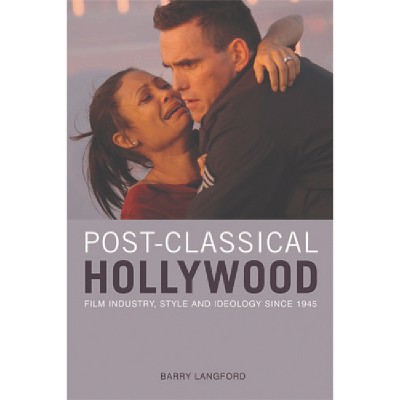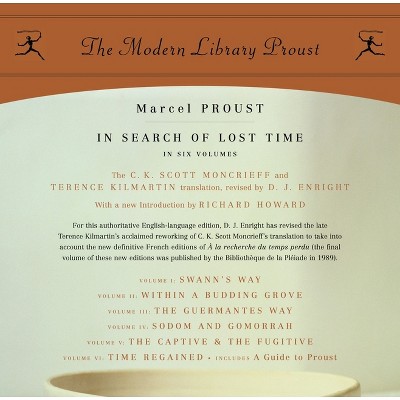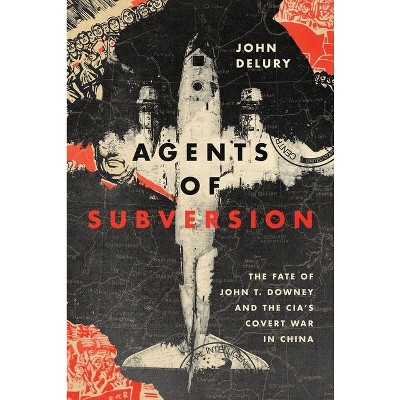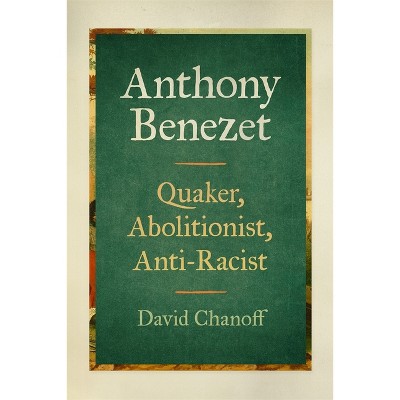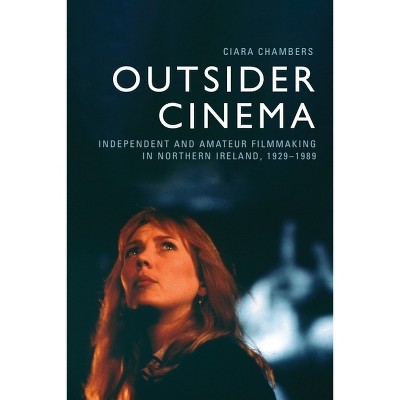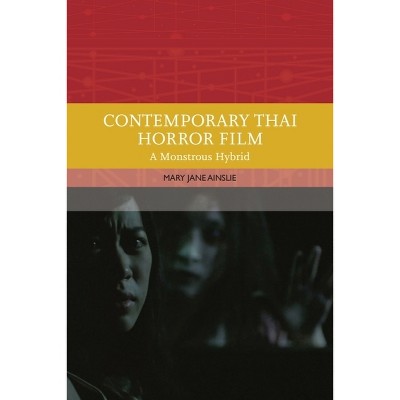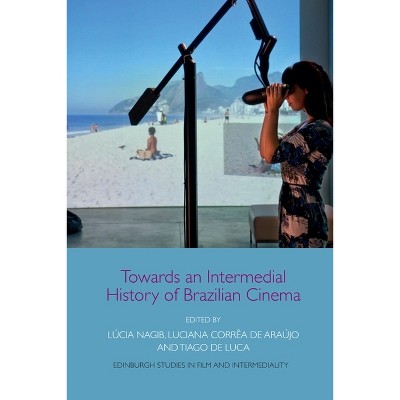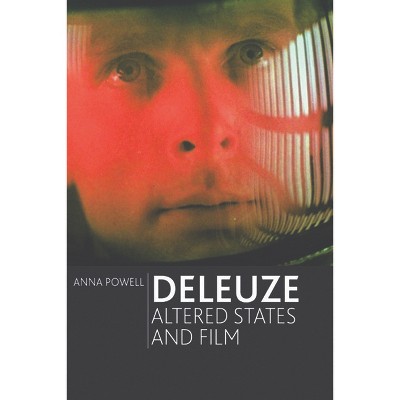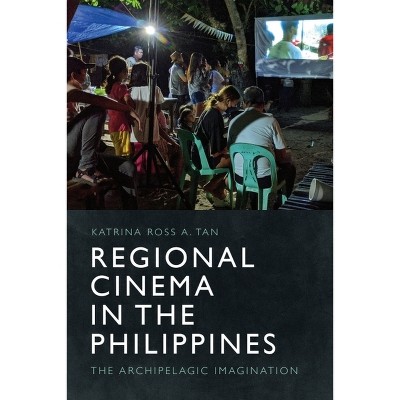Sponsored

Deleuze's Cinema Books - by David Deamer (Paperback)
In Stock
Sponsored
About this item
Highlights
- Deleuze's two Cinema books explore film through the creation of a series of philosophical concepts.
- About the Author: David Deamer is an affiliated scholar with the English, Philosophy and Film departments of Manchester Metropolitan University
- 400 Pages
- Performing Arts, Film
Description
About the Book
This textbook maps the Cinema books for newcomers to Deleuzian film studies and opens up new areas of enquiry for expert readers.Book Synopsis
Deleuze's two Cinema books explore film through the creation of a series of philosophical concepts. Not only bewildering in number, Deleuze's writing procedures mean his exegesis is both complex and elusive. Three questions emerge: What are the underlying principles of the taxonomy? How many concepts are there, and what do they describe? How might each be used in engaging with a film?
David Deamer's book is the first to fully respond to these three questions, unearthing the philosophies inspiring Deleuze's classifications, exploring every concept and reading a film for each. Clearly and concisely mapping the Cinema books for newcomers to Deleuzian film studies, Deamer also opens up new areas of enquiry for expert readers.
Key Features: - An interpretation of Bergson's Matter and Memory through Deleuze's Bergsonism describing the ground of Deleuze's film-philosophy;- A reading of Peirce's semiosis from Pragmatism and Pragmaticism explicating the genesis and components of the movement-image;- An examination of Deleuze's syntheses of time, space and consciousness from Difference and Repetition illuminating the genesis and components of the time-image; - Concise engagements with each of the cinematic signs to assist reading Deleuze's Cinema books, as well as commentaries and monographs that draw upon them;- 44 film readings - one for each cinematic sign - to clarify their application.
From the Back Cover
'This superb new book provides the most comprehensive and user-friendly introduction to Deleuze's taxonomy of cinematic images to date.' David Martin-Jones, University of Glasgow 'David Deamer's "Three Introductions" to these texts provide comprehensive, enlightening pathways into the conceptual background and cinematic specificities of Deleuze's film-philosophy. An impressive achievement.' Robert Sinnerbrink, Macquarie University Deleuze's two Cinema books explore film through the creation of a series of philosophical concepts. Not only bewildering in number, Deleuze's writing procedures mean his exegesis is both complex and elusive. Three questions emerge: What are the underlying principles of the taxonomy? How many concepts are there, and what do they describe? How might each be used in engaging with a film? David Deamer's book is the first to fully respond to these three questions, unearthing the philosophies inspiring Deleuze's classifications, exploring every concept and reading a film for each. Clearly and concisely mapping the Cinema books for newcomers to Deleuzian film studies, Deamer also opens up new areas of enquiry for expert readers. Key Features - An interpretation of Bergson's Matter and Memory through Deleuze's Bergsonism, describing the ground of Deleuze's film-philosophy - A reading of Peirce's semiosis from Pragmatism and Pragmaticism, explicating the genesis and components of the movement-image - An examination of Deleuze's syntheses of time, space and consciousness from Difference and Repetition, illuminating the genesis and components of the time-image - Concise engagements with each of the cinematic signs to assist reading Deleuze's Cinema books, as well as commentaries and monographs that draw upon them - Forty-four film readings - one for each cinematic sign - to clarify their application David Deamer is an affiliated scholar with the English, Philosophy and Film departments of Manchester Metropolitan University Cover image: Garry Killian/Shutterstock.com Cover design: [EUP logo] edinburghuniversitypress.com ISBN (cover): 978-1-4744-0768-7 ISBN (PPC): 978-1-4744-0767-0 BarcodeReview Quotes
Despite their enormous influence, Deleuze's Cinema books remain difficult and obscure for many readers. David Deamer's 'Three Introductions' to these texts--incorporating philosophical sources, semiotic typologies, and film analyses--provide comprehensive, enlightening pathways into the conceptual background and cinematic specificities of Deleuze's film-philosophy. An impressive achievement.'--Robert Sinnerbrink, Macquarie University
This superb new book provides the most comprehensive and user friendly introduction to Deleuze's taxonomy of cinematic images to date. Deleuze's many and complex image categories are each unpacked, clearly, succinctly and with invigorating style, in relation to a wide range of extremely important films from around the world. Deamers' unique approach has the unusual capacity to make you feel amazed, once again, at the genius of Deleuze, but equally, able to think about cinema with Deleuze as though having a chat with a good friend after watching a movie.'--David Martin-Jones, University of Glasgow
About the Author
David Deamer is an affiliated scholar with the English, Philosophy and Film departments of Manchester Metropolitan University
Shipping details
Return details
Frequently bought together
Trending Non-Fiction






